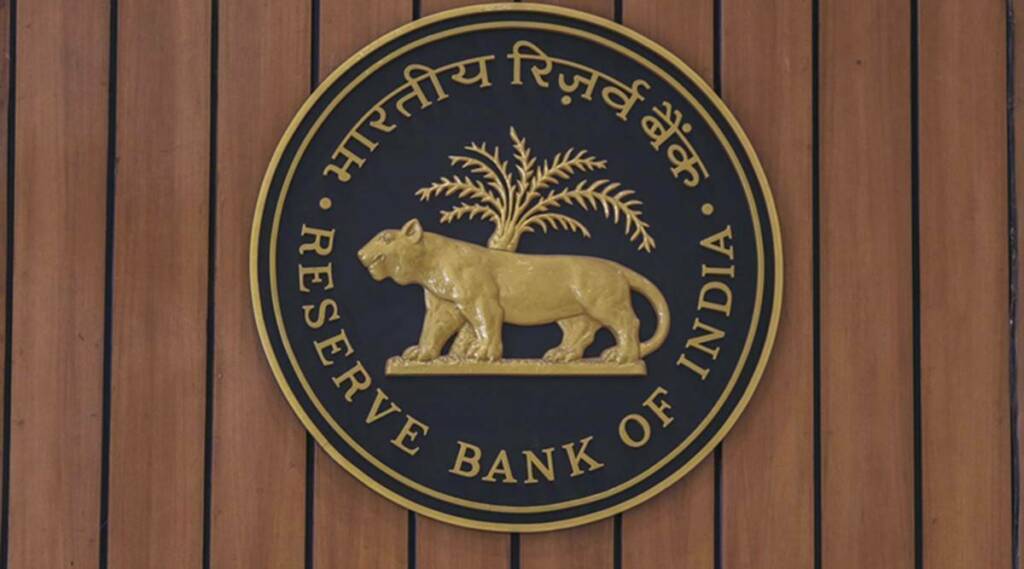In a major step to improve India’s inefficient and lethargic banking industry, the RBI, banking regulator of the country, has decided to award banking licenses to industrial houses. On Friday, an RBI committee said that bringing large corporate houses is necessary to improve the banking condition in the country and the central bank is ready to make all the necessary amendments in banking laws for the same.
Also, the RBI said that large Non-banking Financial Companies (NBFCs) with above 50,000 crore rupees and more than 10 years of operation in the country, would be considered for conversion into banks. This would allow Mahindra & Mahindra, Muthoot Finance, Tata Capital Financial Services, L&T Finance, Aditya Birla Finance to consider for conversion into banks.
The banking sector is underdeveloped in India, thanks to the nationalization of banks in 1969. Even when the government opened up the banking sector in the 1990s, it remained very cautious and the last large company to get a banking license was Kotak Group in 2003. The UPA government continued with the pre-liberalization era policies as far as the banking sector is concerned and the Modi government focused on cleanup of NPA mess in the last six years.
The latest step from RBI definitely comes from a nudge by the Modi government as the last economic survey criticized the nationalization of banks and argued that India should have at least 6 banks in global top 100 while we have only one-SBI. The government has already given a hint for the encouragement of private players in the banking sector in the Economic Survey and now those plans are being implemented.
Tata and Birla have already started considering applications for a banking license. Tata’s NBFC arm, Tata Capital, has an asset size of 74,500 crore rupees while Aditya Birla Capital, the NBCF unit of Birla group, has an asset size of 59,000 crore rupees.
Bajaj Group, which was earlier involved in the banking sector through ICICI Bank, could also apply for a banking license. Other large industrial houses like L&T Group, and Mahindra and Mahindra, which have NBFC arms, would also enter in the lucrative banking industry once RBI liberalises the norms.
Kotak Mahindra Bank, which was earlier an NBFC and was given a banking license in 2003, has set an exemplary example of how the entry of private players could improve the banking industry in the country. Today Kotak Mahindra Bank is valued more than some of the largest Public Sector Banks combined. Similarly, HDFC, ICICI Bank, Axis Bank, IDBI Bank- all perform way better than public sector banks which were responsible for making India the country with the second-largest NPA ratio after Italy.
A liberalized entry regime would improve the banking sector of the country due to which the economic growth of the country is sluggish. The credit to GDP ratio of India is one of the lowest at around 60 per cent while the same for China is around 150 per cent. If we want businesses to grow, the credit penetration and ease of access to credit must grow and the entry of more players in the banking sector would do exactly the same.
